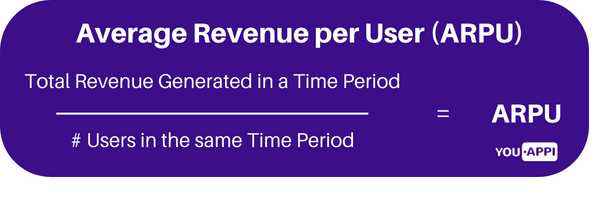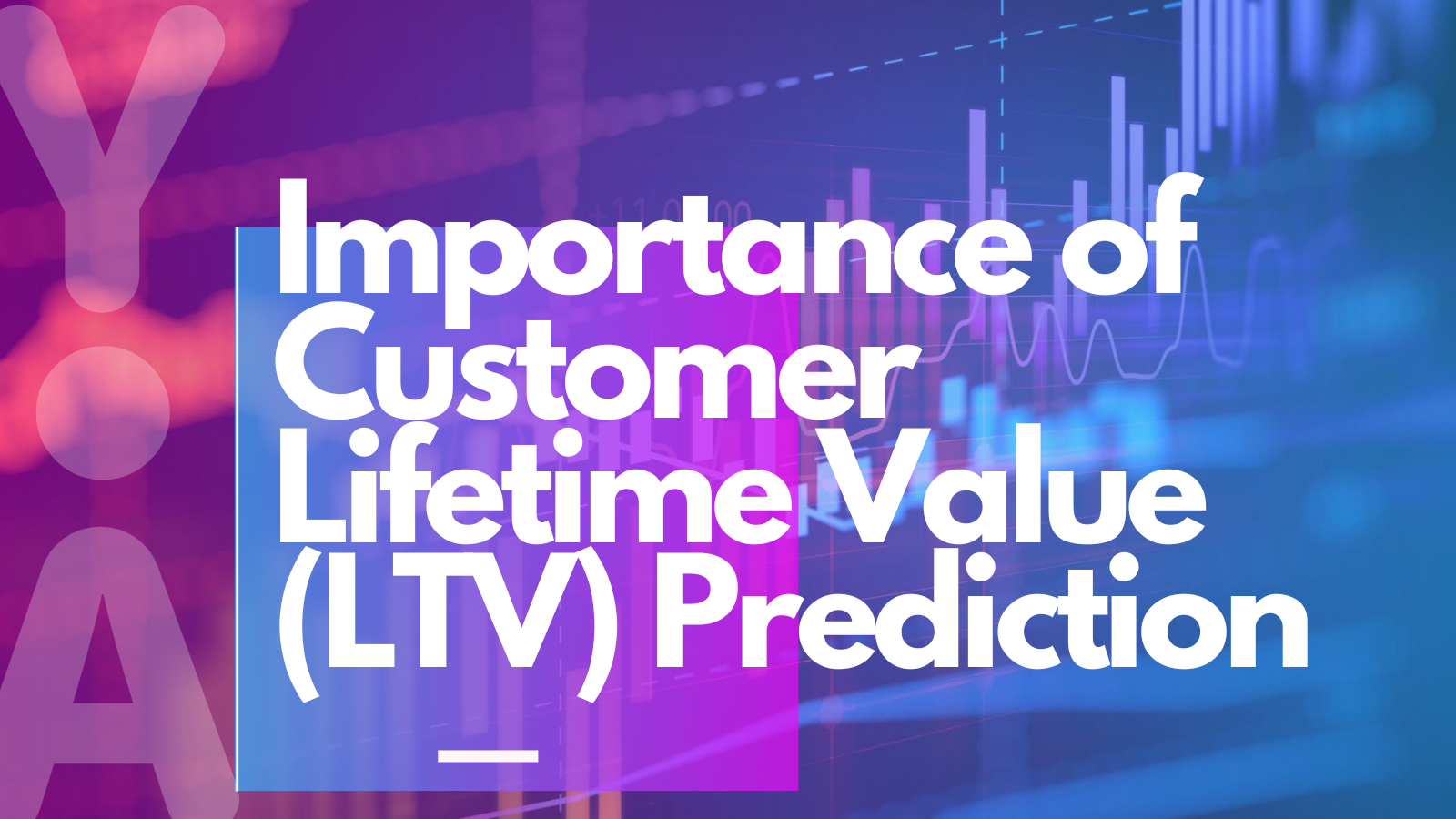For app marketers, acquiring new and engaged users is the first order of business when dealing with a successful app. However, many users install an app only to never open it again and over 56 percent of users uninstall apps within the first seven days of installing them. For apps to drive a strong return on investment, app marketers must acquire high quality users with a high lifetime value (LTV) and work hard to re-engage them.
High quality users continually visit an app, actively and consistently engage with the features, and typically make in-app purchases. These types of users bring in revenue for the app and should be the focus of mobile marketers. Understanding and measuring a customer's lifetime value helps marketers allocate budgets and pinpoint which user groups to target in retargeting campaigns.
What Is the Importance of Customer LTV?
Lifetime value (LTV) is an estimate of the average revenue a customer will generate over the time that they use a given product or service. In other words, LTV is a way of calculating the value of a new user. Knowing the LTV of a user can predict how much that user is worth to your app and helps marketers optimize marketing spend while still maximizing revenue.
Customer lifetime value can be a measure of your app’s success and a tool for forecasting growth. LTV helps app marketers properly optimize revenue streams such as in-app purchases, in-app advertising, and subscriptions, by pinpointing exactly how much money they can afford to spend on user acquisition and retention while still remaining profitable.
How is LTV Calculated?
A customer’s lifetime value can be calculated by finding the average churn and average spend of a user over the course of a specific period to predict their overall spend in an app. Below are three categories of the variables that go into finding the LTV:
- Monetization: How much a user contributes to your app revenue (in the form of ad impressions, subscriptions, in-app transactions, etc.)
- Retention: The level of engagement a user has with your app and how often they return to your app within a certain period.
- Virality: The sum value of additional audiences a user will refer to your app (can be an optional part of the equation because few app marketers have the means of tracking this information)
Monetization, in the case of calculating LTV, is represented by the average revenue per user (ARPU). ARPU is the revenue contribution made by the paying customers after subtracting the non-paying customers from the overall customer base.

Retention is the proportion of users who keep using the app – essentially the opposite of your churn rate. Retention is an extremely important metric to provide insights into the customer behavioral changes over time. Satisfied customers are likely to stay longer with the app while unhappy customers will gradually become inactive and/or end up churning. To calculate retention, the churn rate is inverted and is used as a proxy for the predicted retention value (1/Churn).

Virality is the number of users that a single user refers to during their lifecycle. For example, if one person refers to one other user on average, the referral rate is 1.0. A referral rate of 0.5 means that on average every other user refers the app to a friend. This part of the LTV equation is often left out due to the fact that it is difficult for marketers to measure.
Now that we have each category broken down, we can finally predict the average LTV of a user!

Strategies to Win High LTV Users
Having a high customer lifetime value provides a picture of an app’s long-term and financial viability. High LTV is an indicator of product-market fit, brand loyalty and recurring revenue from existing customers rather than having to gain new ones. Having a highly efficient and streamlined onboarding process, investing in rewards programs and segmenting user groups before campaigns are all ways in which mobile marketers can retain their high LTV users.
Onboarding
A comprehensive app onboarding experience can make the difference between apps with consistent users with a high LTV and those that have a high rate of user dropoff. An onboarding process includes educating new users, collecting user information and guiding them through the app so that there is minimal room for confusion. This can also be the time to prompt the user to sign up for a subscription rather than using the free version of your app. Proper onboarding helps to ensure optimal usage, frequency of use, and improves the likelihood for future upgrades or higher in-app spend.
Invest in Rewards Programs
Rewarding your customers’ frequent in-app purchases or long-lasting subscription will keep them feeling engaged and excited to use your app. Loyalty programs encourage a high LTV because they make the users feel recognized and special, which further leads to retention, more referrals and a strong ROI. Rewarding your customers for their loyalty and frequent engagement with your app helps to re-engage users that may have gone quiet or dormant within the app. A great loyalty program that adds value can accelerate the overall customer life cycle.
Segmentation
In order to motivate users to continue using your app, it is important to target specific audiences rather than a “one size fits all” strategy. Personalizing creatives and ad messaging allows you to hone in on relevant information that will resonate to those users. By properly segmenting your audience, you can cultivate user loyalty and relevancy in retargeting campaigns.
Takeaways of Customer Lifetime Value (LTV) Prediction
Many users install an app only to never open it again and over 56 percent of users uninstall apps within the first seven days of installing them. In order for apps to drive a strong return on investment, app marketers must acquire high quality users with a high lifetime value (LTV) and work hard to retain them. Lifetime value (LTV) is an estimate of the average revenue a customer will generate over the time that they use a given product or service.
A customer’s lifetime value can be calculated using three categories of the variables:
- Monetization: How much a user contributes to your app revenue (in the form of ad impressions, subscriptions, in-app transactions, etc.)
- Retention: The level of engagement a user has with your app and how often they return to your app within a certain period.
- Virality: The sum value of additional audiences a user will refer to your app (can be an optional part of the equation because few app marketers have the means of tracking this information)
Average LTV = (ARPU x 1/Churn) + Referral Rate (ARPU x 1/Churn)
Having a highly efficient and streamlined onboarding process, investing in rewards programs and segmenting user groups before campaigns are all ways in which mobile marketers can retain their high LTV users.

